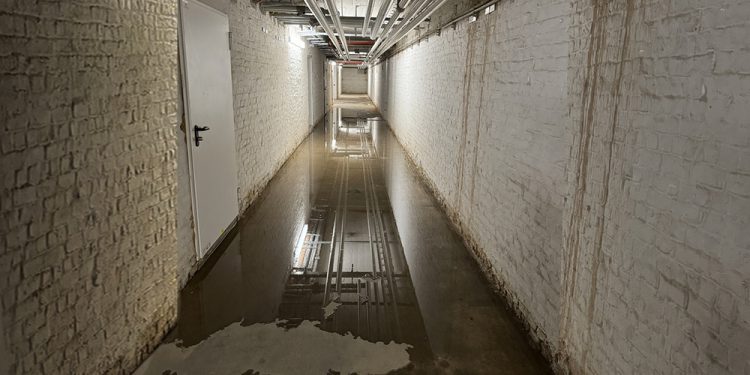Water damage provisions confound
an insured’s search for recovery
[T]he appeals court noted that “ambiguity does not exist merely
because the parties disagree on the interpretation of the language”
or based on “the insured’s uninformed expectations of the policy’s coverage.”
By Joseph S. Harrington, CPCU
In a perfect world, agents and brokers could describe coverages in as simple a manner as possible without qualification. After all, no one wants to talk like a policy form or listen to one.
For example, wouldn’t everyone involved benefit if a producer could confidently establish, in “shorthand” fashion, the distinction between the types of “water damage” covered and excluded under commercial property policies?
How often have you told clients something along these lines? “Water damage arising from the intrusion of external water (flooding, inundations, underground seepage, etc.) is excluded; water damage arising from an event within the insured property (e.g., a burst pipe) is covered.”
The latter was almost certainly the understanding of a real estate firm when an underground pipe in one of its buildings suddenly burst, resulting in more than $1 million in damage to its bottom floor.
The loss was clearly fortuitous and limited to the insured location (i.e., not a regional catastrophe). The pipe was completely concealed from view, so it’s not clear the break could be blamed on inadequate maintenance. And, as (mis)fortune would have it, the pipe was part of the structure’s fire suppression system, put in place to reduce the risk of fire loss.
If there was ever an occasion for coverage of water damage, this would seem to be it. But it wasn’t. In fact, there were three, perhaps four strikes against the insured when it challenged the carrier’s denial of coverage in federal court.[1]
On premises, but underground
First off, both parties agreed that the insurer had no obligation to cover the cost of replacing the pipe itself, as it fell within the category of “underground pipes, flues or drains,” considered as “property not covered” under the standard ISO language used in the policy.
That provision wouldn’t rule out coverage for damage to other property, however. For that, the insurer relied on the standard wording of the water damage exclusion. In addition to excluding coverage for damage by floods, tidal waves, mudslides/mudflows, and sewer backups, the water exclusion extends to: “… water under the ground surface pressing on, or flowing or seeping through … foundations, walls, floors or paved surfaces … .”
You might be thinking, “Yeah, but that’s referring to water from natural sources flowing or seeping into a building. This is a case where the water came from a break in a manmade system.” Well, the provision does not make that distinction. Moreover, it adds that the exclusion applies whether any of the excluded causes of loss “is caused by an act of nature or is otherwise caused.” For added measure, the policy included an anti-concurrent causation provision, which excludes coverage for any loss caused by an excluded peril, even if covered perils also contributed to the loss.
Elusive ambiguity
Citing Kansas law, a federal appeals court upheld a lower court ruling rejecting the insured’s claim that the water damage exclusion was ambiguous (which would have required an interpretation of the policy favorable to the insured).
In doing so, both courts also rejected the insured’s contention that the policy’s wear and tear exclusion included an exception that restored coverage precluded by the water exclusion. The exception to the wear and tear exclusion preserves coverage for “specified causes of loss,” including “water damage,” defined as: “… accidental discharge or leakage of water or steam as the direct result of the breaking apart or cracking of a plumbing, heating, air conditioning or other system or appliance … located on the described premises … .”
The insured argued that conflict between the provisions created ambiguity; the appeals court ruled that they operated independently of each other, and that the specified cause of loss exception in the wear and tear exclusion did not prevent application of the water exclusion.
So, the strict language of the policy prevailed. The situation may have been ambiguous, but that doesn’t make a policy ambiguous—complicated, to be sure, in this case, but not ambiguous.
Quoting Kansas precedent, the appeals court noted that “ambiguity does not exist merely because the parties disagree on the interpretation of the language” or based on “the insured’s uninformed expectations of the policy’s coverage.”
[1] Auto-Owners Ins. Co. v. Excelsior Westbrook III LLC, No. 24-3127 (10th Cir. July 30, 2025)
The author
Joseph S. Harrington, CPCU, is an independent business writer specializing in property and casualty insurance coverages and operations. For 21 years, Joe was the communications director for the American Association of Insurance Services (AAIS), a P&C advisory organization. Prior to that, Joe worked in journalism and as a reporter and editor in financial services.






